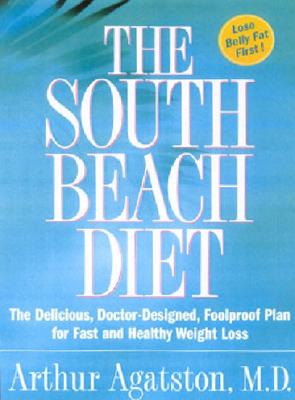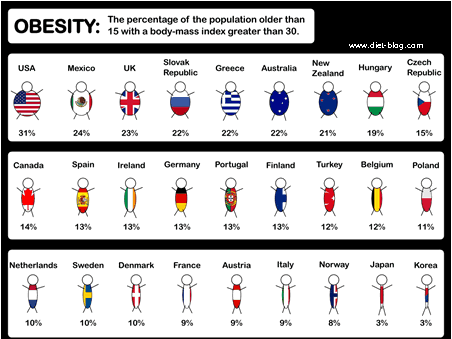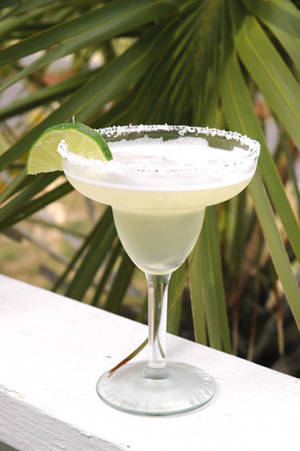It’s been one week since I started The Biggest Loser Diet. I’m a bit hungry, but 3.5 lbs lighter. As hungry as I was at times, I was hoping for a little more loss, but I’m satisfied!
Looking back over the week, it wasn’t hard to stick to the plan. As with any meals on a specific plan, there are winners and losers, but I was overall pleased with the food and adding a little sea salt or coarse pepper helped pep up several of the meals. The hardest part for me was making sure I stayed with safe and nutritious snacks. It would be great if The Biggest Loser plan sent along additional information on the best snacks that would work with meals supplied.
During the week, I stayed strictly on the diet, just adding one or two pieces of fruit, a green salad (with a tsp of light dressing) and eating a few almonds if I was really hungry. When we were off the the plan on the weekend I basically stayed low-cal when we went out to eat. Gotta love Applebee’s Weight Watchers menu! I had the Steak & Portobellos, then splurged with Chocolate Raspberry Layer Cake for dessert — total calorie count was 550.
Breakfasts
As a rule, the breakfasts were not my favorite meal of the plans. I don’t care for the Honey Oat Waffles or the “cinammon roll”. I did like the Quaker Oats oatmeal that was enhanced with a special sweetener and blueberries (supplied by TBL).
Lunches
Lunch meals were usually the same size and close in calorie counts to the dinners, the exception was the Vegetable Soup that logged in at 140 calories, but it was also my favorite food of the week.
| Lunch Menu |
Calories
|
My Score
|
| Chicken in Thai Curry |
430 |
7 |
| Chicken in Bourbon Sauce |
265 |
7 |
| Savory Vegetable Soup |
140 |
9 |
| Blackened Chicken Breast |
265 |
8 |
| Tilapia in a Hollandaise Sauce |
355 |
7 |
|
Dinners
As shown in a previous blog post, the dinners and lunch foods all came in separate bags for the veggies and meats, that were combined after being cooked. This helped keep flavors separate and vegetables crisp and colorful. The dinners ranged from okay to pretty good, with the tasteless grilled turkey breast and squash puree at the bottom of my list. I felt generous giving it a four!
| Dinner Menu |
Calories
|
My Score
|
| Chicken in Marsala Sauce |
420 |
5 |
| Beef Pot Roast |
530 |
8 |
| Bali Chicken |
385 |
7 |
| Herbed Cod Fillet |
300 |
* |
| Grilled Turkey Breast |
310 |
4 |
|
Cooking
I didn’t see much difference between boiling the bags of food or microwaving, although one time a boiled bag apparently had not been sealed properly and it made quite a mess. When cooking two meals, I’ll probably continue with boiling in a big pot, but when I’m making a single lunch meal — I’ll stick to the microwave.
Exercise
Along with dieting, I also did a few more sessions of exercise (power walking) than I normally do. Probably not as much as I should do, but that will increase this week if we don’t have too much severe weather.
Customer Service Problems Continue
My customer service problems apparently were not resolved. After being promised delivery WOULD NOT occur on the weekend, you guessed it. Boxes of food did not arrive until Saturday and although the foods were still frozen solid, the dry ice had all evaporated. If I quit using The Biggest Loser and switch to another meal plan, it will because the delivery day problem cannot be resolved.
I also had a friend who called about starting the plan, got cut off while actually setting up her order and had problems getting re-connected, so she decided to wait a few weeks before trying again. Certainly not a good thing.
Today it’s onto Week 2! I’ll keep you in the loop as to how it’s going.





 Low-Carb Margarita
Low-Carb Margarita Weight Watchers Raspberry Margarita
Weight Watchers Raspberry Margarita